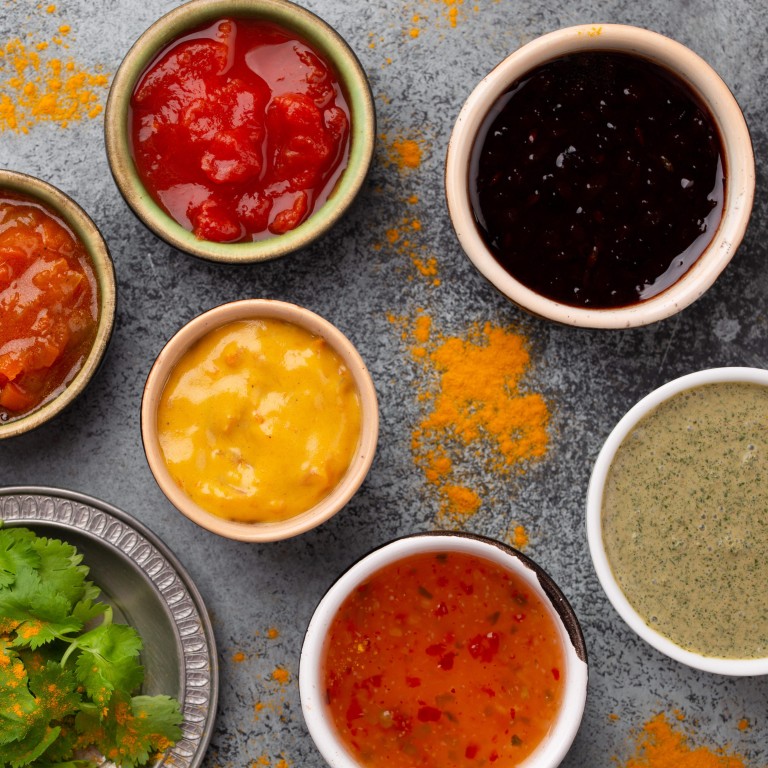
‘Every chutney has a story’: chefs on the Indian cuisine staple and its never-ending varieties - mango, tamarind, tomato, pineapple, chilli, you name it
- They can be sweet or sour, spicy or mild, spread on breads, served as an accompaniment or used in dishes. Chutneys are everywhere in Indian food
- Chefs in Hong Kong reveal their personal and family favourites, and their appreciation of the labour that goes into making a great chutney
In Salman Rushdie’s literary masterpiece Midnight’s Children, the main protagonist, Saleem Sinai, is the manager of a pickle factory. A motif runs through the award-winning novel, as chutneys and pickles represent stories and memories. Saleem even stores chapters of the book he is writing in a chutney jar.
The links between this humble but crucial condiment and South Asian culture are rich and deep, underscoring how important it is in cuisines – but also society.
“Every chutney has a story,” says Palash Mitra, culinary director for South Asian cuisines at Black Sheep Restaurants in Hong Kong.
Those stories come from their ubiquity and the fact that every family has their own recipes, techniques and ingredients, so no two chutneys are ever quite the same.
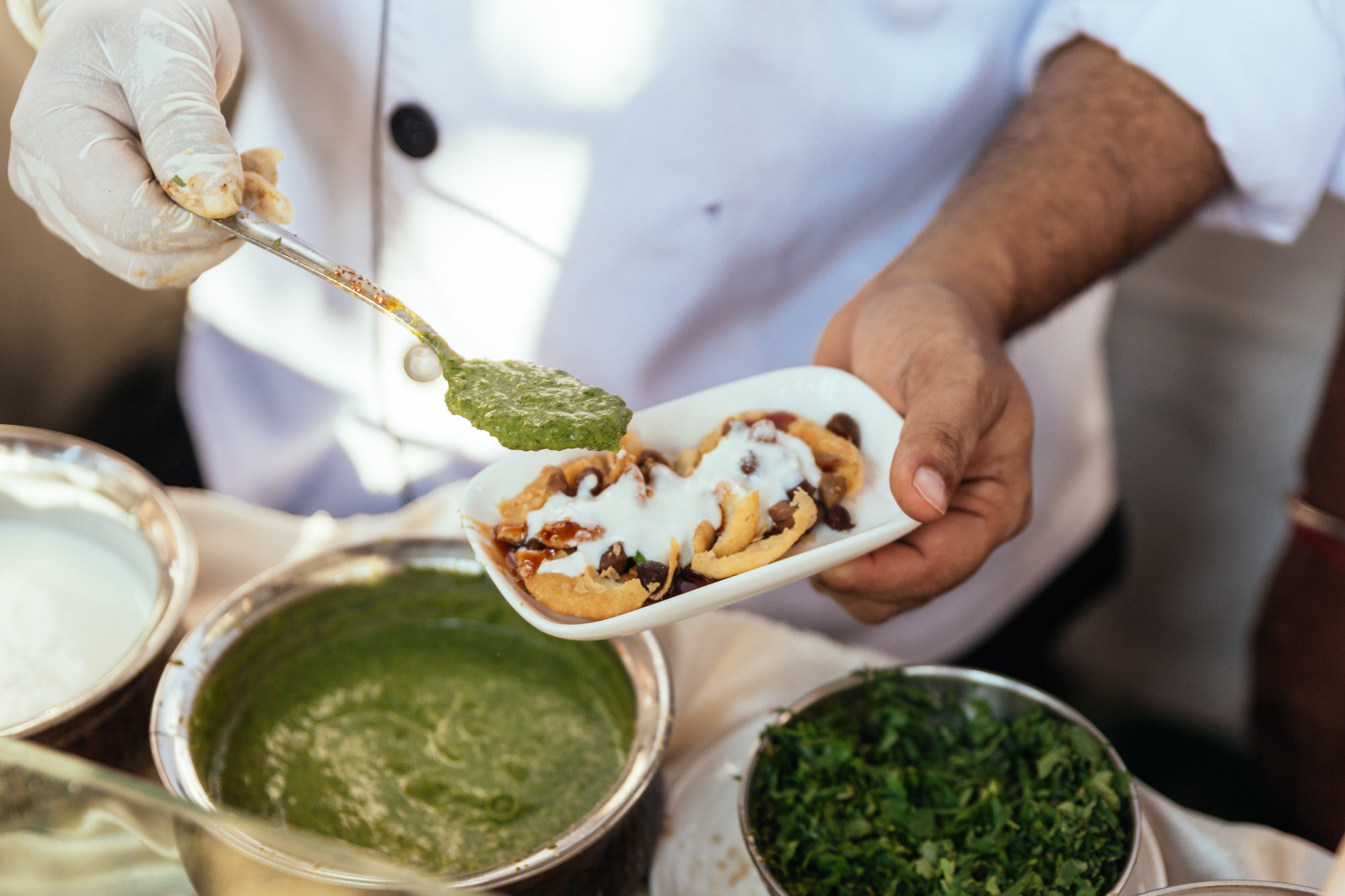
Mitra learned to cook alongside his mother and grandmother, before building his reputation at The Cinnamon Club and Gymkhana in London, as well as The Oberoi in Jaipur and New Delhi. In 2019 he and his team helped New Punjab Club in Central become the first Pakistani Punjabi restaurant in the world to earn a Michelin star.
“Every meal will always have a chutney, and there is a chutney for every season, whether it is spread on paratha, nan or other breads, served as an accompaniment, used in stews or slathered on proteins as marinades,” Mitra says.

They can be sweet or savoury, spicy or mild, chunky or smooth, robust or subtle – the list of permutations is seemingly endless, as are the ways in which they can be served.
At New Punjab Club, stand-outs include a brilliant burnt leek chutney, for which leeks are cooked in the tandoor oven, then blended with aromatic spices for a smoky, spicy combination.
It accompanies meat and fish beautifully, but also goes well with paneer – Indian cheese.
Chutneys are integral to our cuisine. If I had to choose a favourite it would be my mum’s coriander, tomato and garlic chutney.
Annanas ki chutni is one of his personal favourites, a sweet-sour pineapple chutney that pairs beautifully with cheese-filled nan bread. Another is imli ki chutni, a tangy and sweet tamarind chutney inspired by his grandmother’s recipe.
She would sun-dry tamarinds on the roof of her house for at least a year to bring out their flavour.
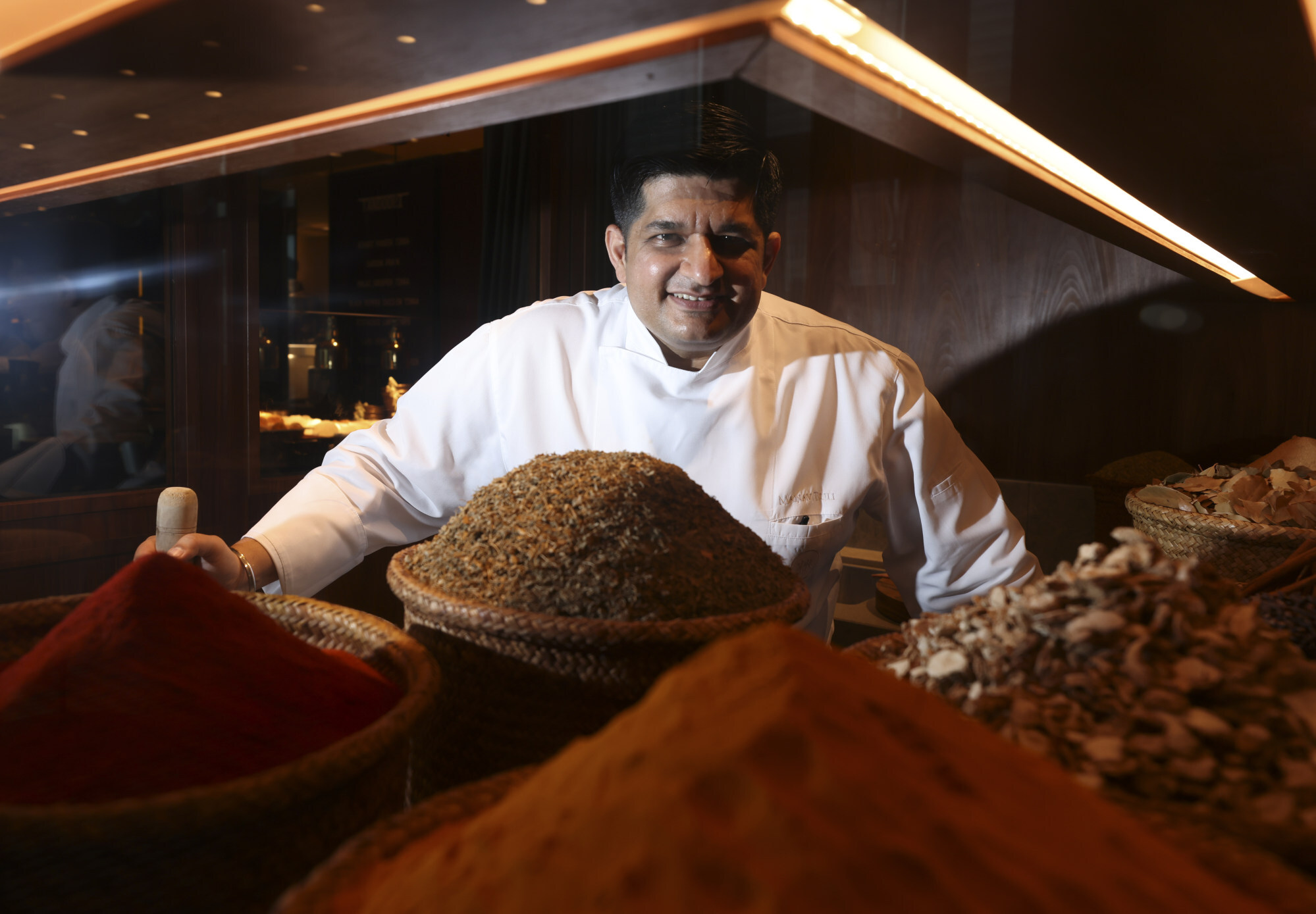
“Chutneys are integral to our cuisine. If I had to choose a favourite it would be my mum’s coriander, tomato and garlic chutney. Every house has their own version of it, but the way my mum makes it is that she just takes everything fresh and grinds it.
“She’s too old now, but if the maid is there she will ask her to grind it with a stone. Even the flavour of the stone comes out, it adds value, a minerality – in fact we have a stone grinder here at Chaat.
“At home we use small garlic, cumin, coriander grown in the backyard, sweet-sour tomatoes like datterini – with aloo paratha and butter. The taste is an atom bomb!”
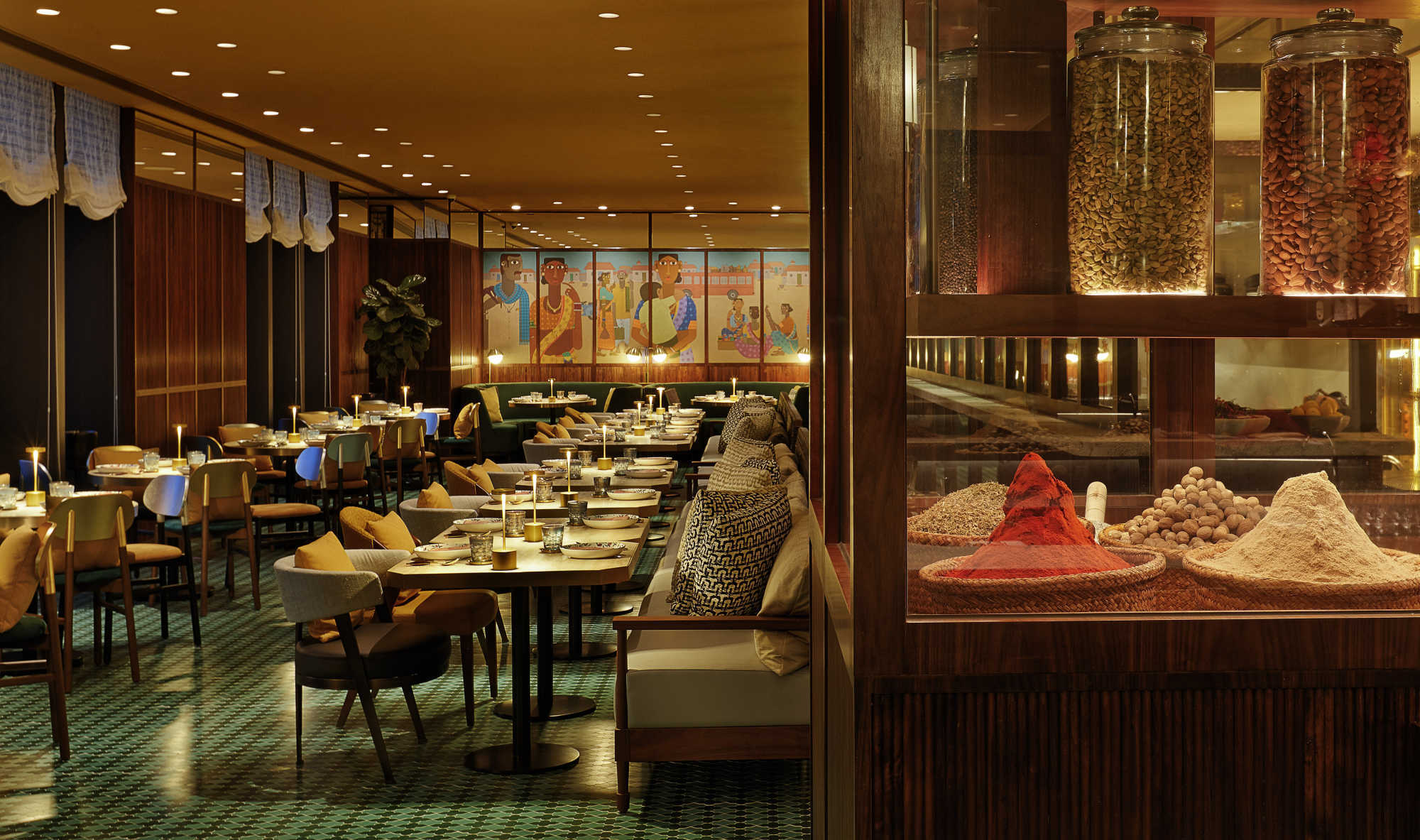
Tuli remembers a chutney at his first job in the Indian state of Rajasthan that is the spiciest he can ever recall tasting.
“It was my first job. The lady who ran the house where I used to stay would make a green chilli chutney – just green chilli, garlic, turmeric, cumin seeds and lemon juice. She would grind it with kind of a mortar and pestle, but rubbing it, not pounding it.
“It was served with a roti bread made from millet and lots of butter. You can feel that blood circulation is better when you eat chilli,” he says.
Chutneys were originally created to balance various food flavours, such as adding a fresh, dairy-based chutney to balance the spiciness of a dish
There’s perhaps no greater annual bounty for chutney makers than the mangoes in his home state of Punjab.
“It’s a yearly affair when three types of mango come in three batches; 40kg will come, so 10kg go to make pickle, 10kg are made into murraba, a sort of raw mango preserve and the rest becomes a grated mango chutney.
“Mum used to add lemon slices to keep it sour, turmeric, red chilli powder and vinegar, and give it to all our relatives. The older it is, the better it tastes and it easily keeps for a year. It’s a short cut to heaven,” Tuli says.
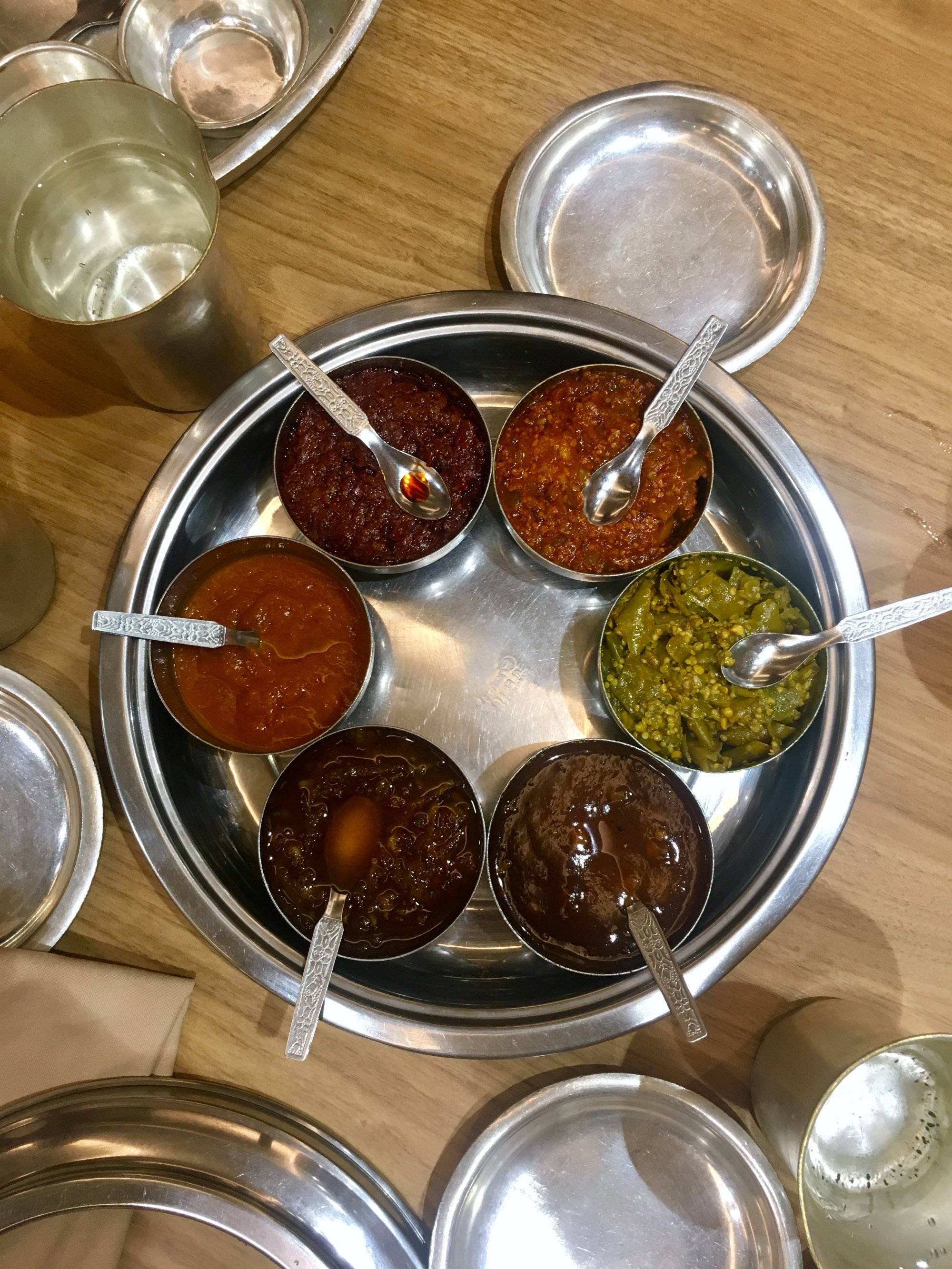
He explains that India’s vast geographical spread and astonishing cultural diversity means there are endless chutneys to choose from.
“In Bengal mustard oil is a key ingredient, while in southern India the pickles and chutneys tend to be stronger, thanks in part to asafoetida, a pungent fennel powder. The versions of chutney keep on changing – but the context remains the same.”

“Chutneys were originally created to balance various food flavours, such as adding a fresh, dairy-based chutney to balance the spiciness of a dish.
“With the overwhelming number of ingredients and spices that exist in the different subregions of India, it is possible to create immensely flavourful chutneys that can easily be served in small portions to lift any meal,” Calahorra says.
“For many chefs like myself, chutneys are now meant to showcase our signature touch, and most of the time the ingredients remain our personal secret.”

He highlights two examples at Veda to show the diversity of chutney.
“We follow a traditional recipe from the Tibetan region for a fresh and spicy tomato-based chutney that pairs perfectly with the home-made ricotta and spinach filling of our signature Silk Route momos (dumplings).
“Then we also have a delicious savoury coconut chutney that accompanies our dosas. While guests can choose their filling for the dosa, each comes with sambhar and coconut chutney, made with fresh coconut meat.
“It is not only flavourful, but also brings a light and fresh touch that pairs beautifully with the dosa.”
Once again, it’s the remarkable versatility of chutneys that continues to excite Calahorra. He finds the laborious process of making tamarind chutney especially rewarding.
“Tamarind chutney is my personal favourite due to the amount of possibilities and different scenarios in which it can be used.
“It is sweet and tangy, making for a great flavour balancer. Not only does it keep for a good amount of time, but it can also be used to pair with almost anything – it is that versatile,” he says.
New Punjab Club, Worldwide Commercial Building, 34 Wyndham Street, Central. Tel: 2368 1223
Chaat, 5/F Rosewood Hong Kong, Victoria Dockside, 18 Salisbury Road, Tsim Sha Tsui. Tel: 5239 9220
Veda, Ovolo Central, 2 Arbuthnot Road, Central. Tel: 3755 3067

